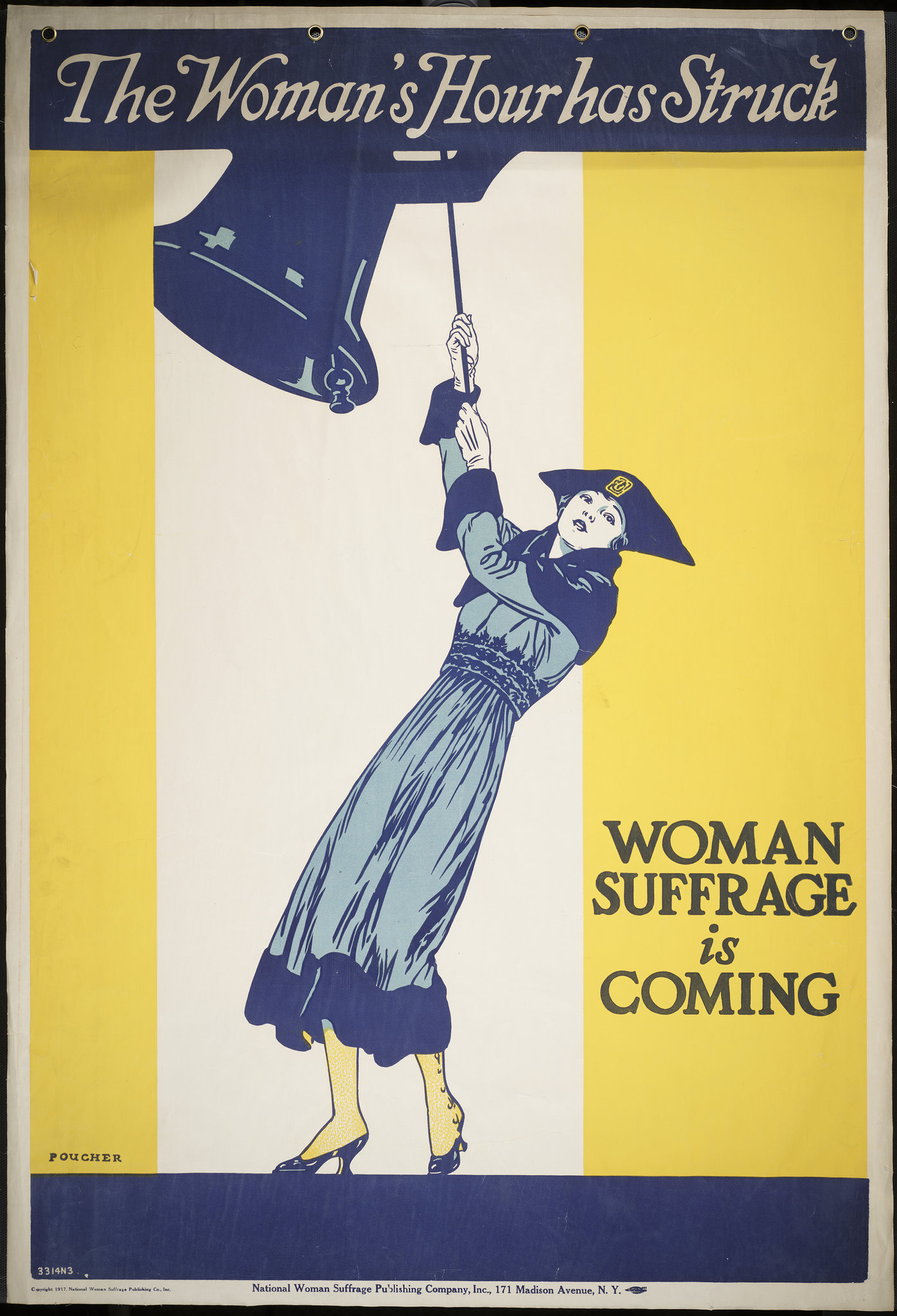The Suffragette Movement: All You Need to Know
The struggle for equality between the genders is still, unfortunately, an ongoing one – as the recent ‘ Me Too ’ movement has made all too clear. But contemporary struggles for women empowerment began in the 19th century, with the Suffragette movement – a major uprising at a societal and at an institutional level.
The Suffragette movement was a part of the Women Rights movement – which aimed to ensure equal right for women in society.

Image Credits: glogster.com
The first such international women’s rights organization was formed in 1888, namely the International Council of Women(ICW) . It was the first time that women all across the globe(mostly developed nations who were independent), came together and started an institutional revolt to uplift the conditions of women in the society. But while this organization became a very pillar of the Suffragette movement, in time, those involved with the movement felt the need for a dedicated suffragette organization – distinct from an organization dedicated to human rights as a whole.
London’s Parliament Square unveils statue of feminist leader Millicent Fawcett, the high point in a series of events marking #Vote100 https://t.co/9RbHkxNgmZ pic.twitter.com/gRIhUYWHlp
— Reuters Top News (@Reuters) May 2, 2018
Thus, in 1904, the International Woman Suffrage Alliance was formed. British women’s rights activist Millicent Fawcett, American activist Carrie Chapman Catt , and other leading women’s rights activists played a significant role in this. The organization, and the movement as a whole, played a significant role in ensuring the political, and social, empowerment of women.
Recommended Reads: 5 Women Who Made History (That History Forgot)
The Suffragette Movement in the United States
The first woman’s rights convention in the world, the Seneca Falls Convention in 1848 was the splinter that took the form of a forest fire and helped American women take unprecedented strides towards equality. The key to the success of this movement was the ability to call upon the support of existing women’s rights movements from across the globe. The Seneca Falls Convention was organized by Lucretia Mott and Elizabeth Cady Stanton, who were the leading abolitionists of time – which gave the event international credibility and renown.
And now, some interesting facts about the movement and its fallout-
1918 is celebrated as the year the movement had a concrete political impact, with the passage of a bill ensuring the right to vote for women. However, contrary to popular belief, not all women got the right to vote. Well, the assent was passed only for those women who were 30 years of age and owned property.
Men played a major role in the movement. Keir Hardie and Mr Hardie were the most eminent male personalities involved in the movement.
The extremist elements in the movement did not shy away from violence. They were trained in Jiu Jitsu – a Japanese form of martial arts. However, the violence was limited to self defense, rather than active aggression. The aim of training the suffragettes in martial arts was for them to be able to defend themselves in case of police action.
Recommended Reads: I, Sophia: Meet the Robot Who’s Stunned the World
The Lasting Legacy of the Movement
Women’s empowerment is today more associated with the term ‘feminism’. Well, the ideology of feminism too owes its origins to the Suffragette movement to a considerable degree.
In fact, it wouldn’t be an exaggeration to claim that all the gender equality that we observe in the contemporary world can be traced back to this movement. The Suffragette movement was indeed the first step to a more equal and just society – one in which there was, quite simply, nothing stopping a woman from doing anything a man could do . It’s a journey that continues to this day, but there’s little doubt that the distance traveled thus far has been considerable.





